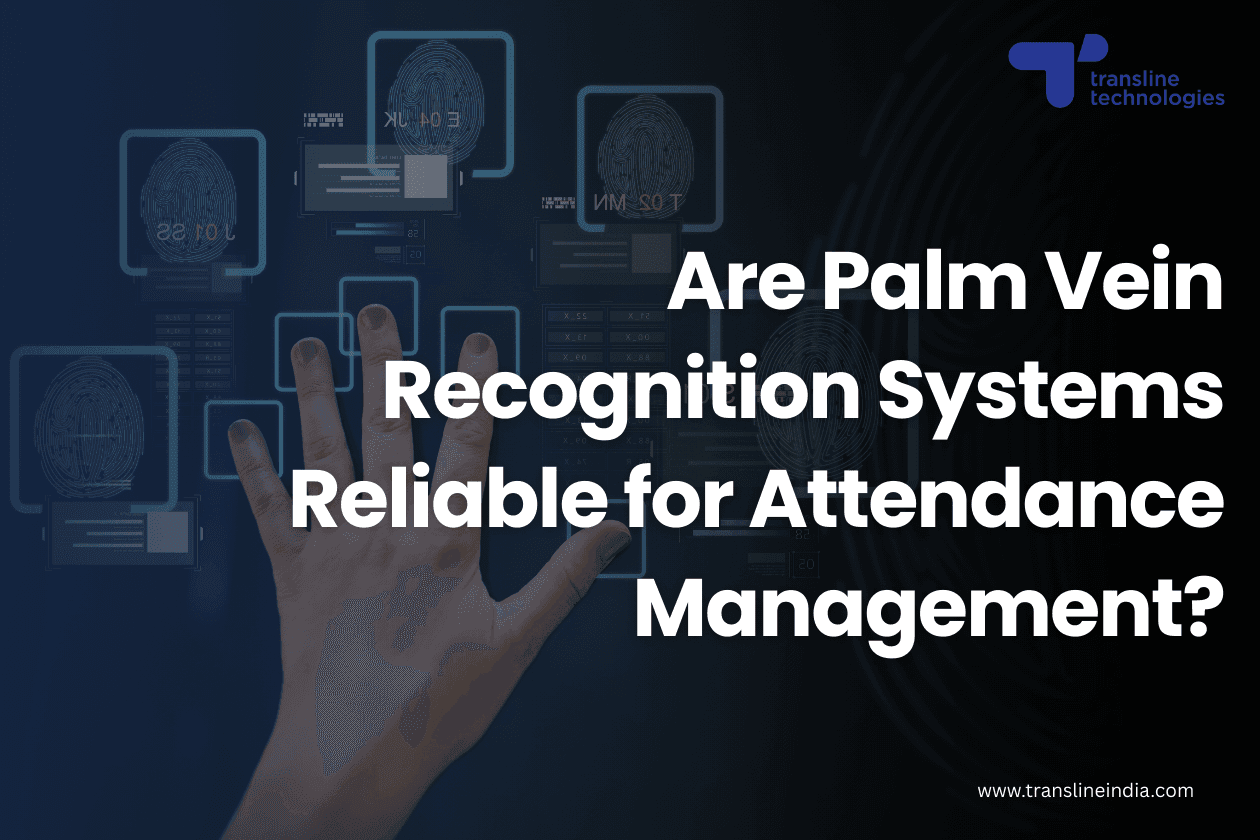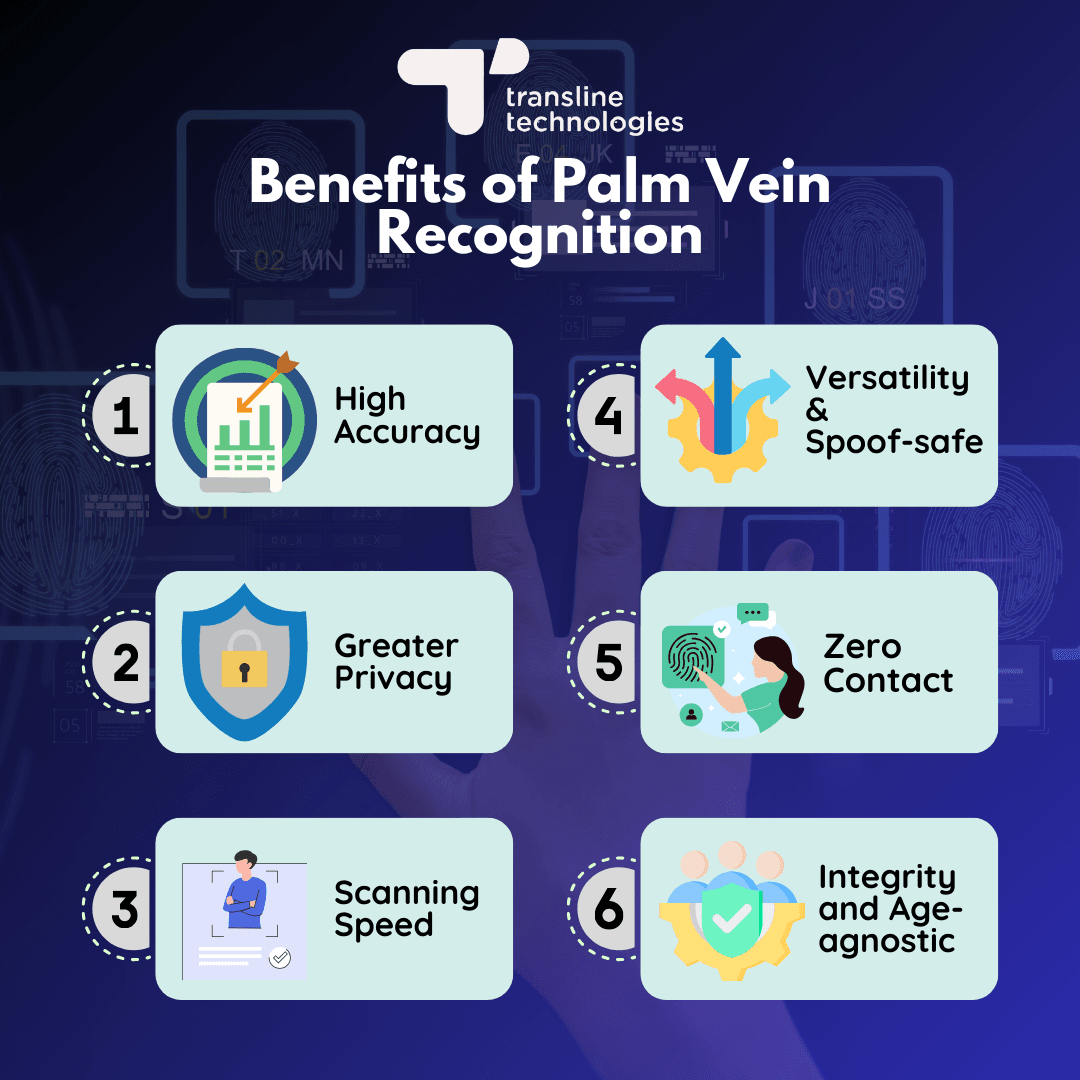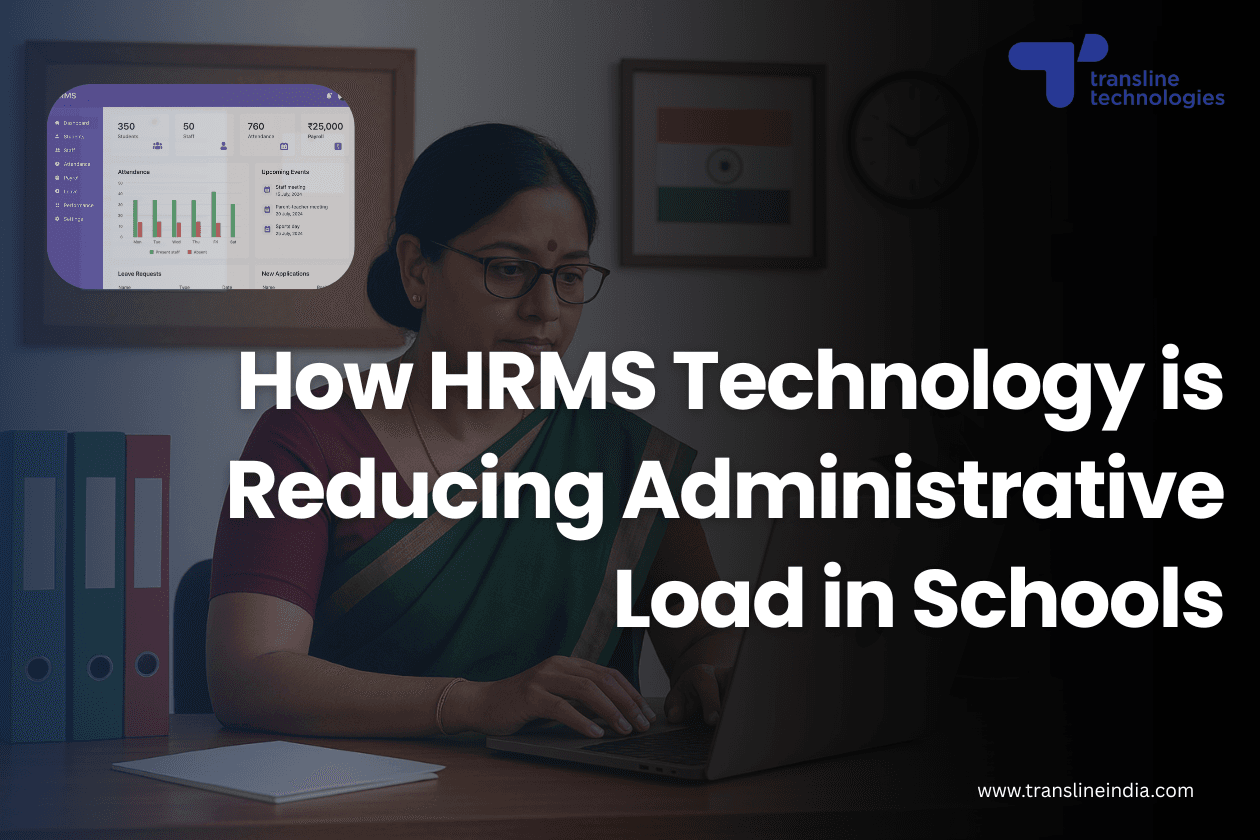
As organisations embrace digital technologies to improve operational efficiency, reduce tedious manual tasks, and enhance transparency in business processes, Biometric Attendance Systems are becoming increasingly popular in workplaces across India. Biometric systems have emerged as a powerful tool.
Emerging Trends and Technologies in Biometric Attendance Management
Biometric attendance management systems are reshaping how organizations monitor and record employee attendance by using distinct physical or behavioral characteristics. Common modalities include fingerprint scanning, facial recognition, iris detection, and voice identification. These systems offer numerous advantages over traditional methods such as swipe cards or PINs, including greater accuracy, improved security, and reduced risk of time theft or buddy punching.
As technology advances and workplaces emphasize hygiene, especially in high-traffic environments and post Covid’19 pandemic, the demand for contactless and fraud-resistant biometric solutions is steadily increasing. Innovations in this field continue to emerge, aiming to address the limitations of earlier systems, such as susceptibility to spoofing or performance issues in harsh environments. One such promising development is palm vein recognition—a contactless method that uses near-infrared light to scan the unique vein patterns within a person’s hand. Offering a blend of precision, security, and user comfort, it is quickly gaining recognition as a next-generation solution in biometric attendance management.
What is Palm Vein Recognition System?
Palm Vein Recognition Technology is a biometric identification method that utilises the unique vascular patterns beneath the skin (dermal surface) of the palm. Unlike other biometric technologies which analyse dermal surface features such as fingerprint patterns, palm vein scanning employs near-infrared light (NIR) to capture hypodermic blood vessel structures, specifically the vein-patterns in the dorsal portion of the palm. When NIR is absorbed by deoxygenated hemoglobin in the bloodstream, it renders the vein patterns visible to the scanner. These patterns are highly intricate and remain stable throughout a person’s life, making them a reliable biometric marker.
In biometric attendance systems, palm vein recognition offers a zero-contact, highly secure, effective, and hygiene-friendly solution for identity verification. The contactless palm vein pattern is captured when a user simply hovers their palm over the sensor, minimizing the risk of contamination and hardware wear. Advanced systems analyze both the thermal hand vein pattern and thermal palm vein pattern for improved accuracy, using thermal imaging to detect vein temperature and blood flow dynamics.
Institutions like the Indian Institute of Technology (IIT) Kanpur and the Amrita Vishwa Vidyapeetham are exploring applications of palm vein scanning in secure authentication frameworks. These systems integrate palm vein recognition into attendance capture by linking the authenticated vascular image with user credentials, ensuring precise time logging. The robustness of the palm-dorsa vein-patterns ensures minimal false acceptance or rejection, making it ideal for sensitive environments.
Benefits of Palm Vein Scanning over Other Biometric Attendance Systems
Palm Vein Recognition Systems are more reliable for attendance management than conventional biometric attendance systems due to the following advantages:
High Accuracy and Age-agnostic
As the palm-dorsa vein-pattern is a very complicated one, and unique for every individual, Palm Vein Scanning is extremely accurate for capturing attendance and mapping access control within an organisation. Moreover, the thermal hand vein pattern is larger in area than fingerprint or iris, and hence can be resolved by the scanner to a greater precision and accuracy. Even twins cannot have the same palm-vein patterns, and for a given person, the pattern remains the same throughout his/her life. Hence, palm vein recognition based systems work robustly even when the person’s age has changed – you create a login for an employee once, and it stays intact till their retirement, unless explicitly removed.
Greater Privacy
Since palm-dorsa vein patterns cannot be scanned by the machine unless the palm is in close proximity to the NIR device, the thermal hand vein pattern is not exposed to anyone else in the vicinity, and hence greater privacy is ensured.

Speed of Identification
Since the palm vein pattern recognition device takes barely two or three seconds to detect and authenticate the pattern, it is fast in operation. This makes contactless palm vein pattern recognition extremely suitable for organisations having a large number of employees working in identical shifts in the same office. Even for visitor management systems of public amenities centres, palm vein scanning is a faster authentication method than other traditional biometric modes.
Versatility
Palm Vein Recognition technology is not just limited to attendance capture applications. It is extremely versatile and can be used across a diverse range of applications like payment authentication, access authentication for restricted areas of hospitals and police control rooms, management of health records etc.
Contactless and Hygiene-friendly
The thermal hand vein pattern recognition technology has become extremely popular in the post-Covid era due to its unique advantage of being contactless. Palm vein scanning does not require the user to physically touch any surface, hence germs and contaminants are not transferred from one user to another via surface-touch. This functionality increased its popularity in business sectors which handle a large number of visitors and workers.
Integrity and Spoof-Resistance
Contactless Palm Vein Pattern recognition is free from the risk of identity spoofing, as it is almost impossible to replicate a person’s palm-dorsa vein pattern on an artificial surface. Moreover, once a pattern is registered in the system against a particular user profile, it is not possible to make changes in the pattern on the database. Any attempt to make such alterations will result in the entire pattern getting tampered, and hence re-authentication has to be done from the scratch, thereby enhancing its integrity.
Device Lifetime
Since the device does not need to be touched physically (unlike fingerprint scanners), the chances of getting unintentionally damaged by users (due to dust, sweat, grease etc) is minimal, and hence the device lifetime is quite high.
Shortcomings with Palm Vein Recognition System
Issues with Quality of Scanned Thermal Image
The scanned thermal hand vein pattern may be affected by body temperature of the user and the ambient temperature of the room in which the device is installed. If moisture and dirt deposition is present on the surface of the infrared sensor used in the palm vein recognition system, the sensitivity of the system is significantly reduced, and this leads to longer authentication times, and even failure to identify the thermal palm vein pattern correctly.
Doubts regarding Anti-Spoofing Integrity
Some research articles have highlighted that the thermal hand vein pattern recognition is still not 100% spoofing-proof. However, as extensive research and development in this domain is happening both in academia and in industries, these issues will most likely be resolved in the next few years.
High Implementation and Maintenance Costs
The implementation of palm vein recognition based attendance system requires installation of new expensive hardware and training the staff regarding its adoption. Moreover, palm vein pattern data of each employee or user needs to be manually entered into the database before the system is ready to use.
Data Security Concerns
Thermal palm vein pattern is susceptible to cloning and other generic data security concerns, which may impact access control systems in an organisation. Although the probabilities of such incidents is very less, but the risks cannot be completely ignored altogether.
Implementing Palm Vein Recognition Based Attendance System
At Transline Technologies, we have several years of experience in implementing Palm Vein Recognition and other Biometric Attendance systems across both Government organisations and Private Sector enterprises. Our Palm Vein Scanners are extremely secure, accurate and scalable for multi-location distributed access management and attendance capture. Redefine your employee attendance management experience with our Palm Vein Recognition solutions and IDONE - our comprehensive HRMS solution suited for your diverse business needs.
Contact our Solutions Team today to explore how you can leverage the Palm Vein Recognition technology, right from Employee Attendance Management to seamless Access Control.



